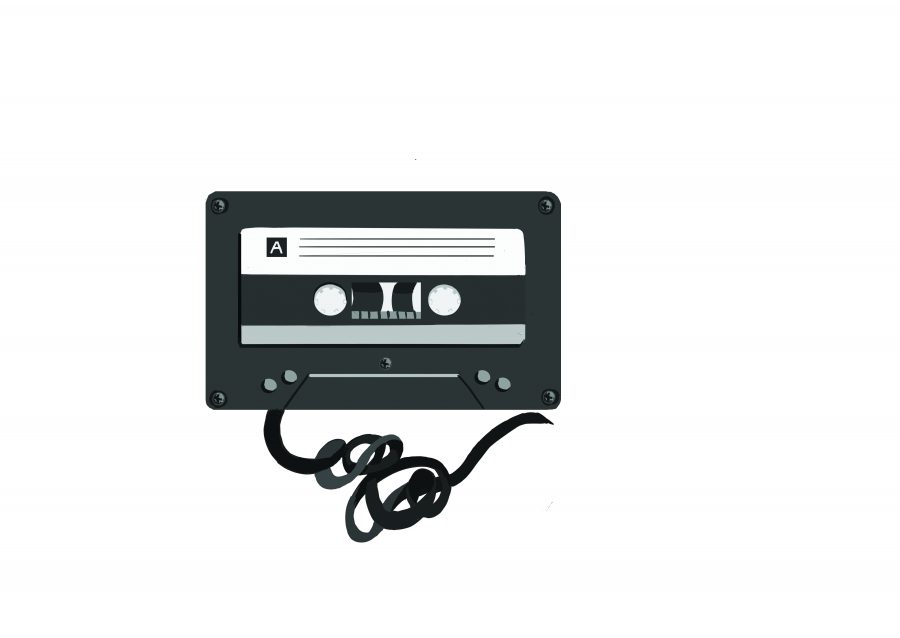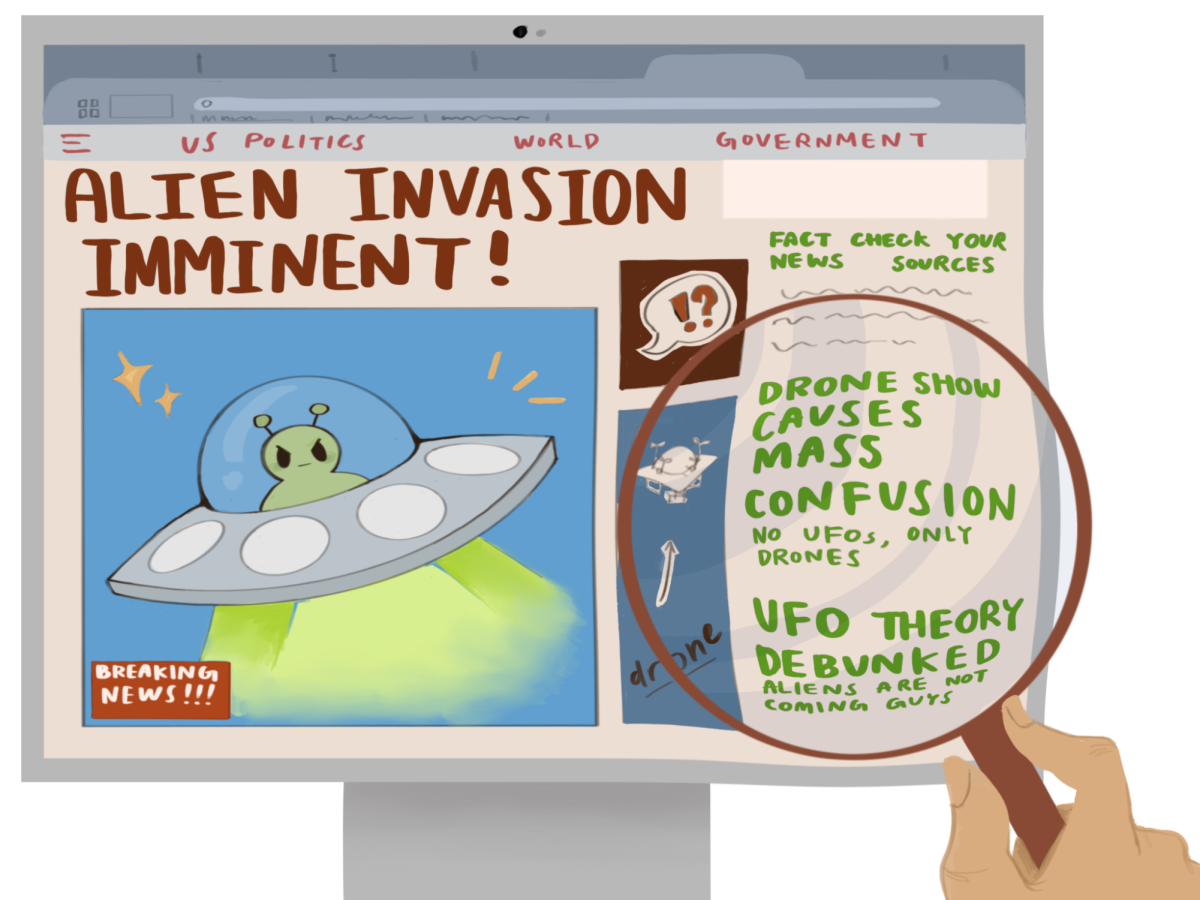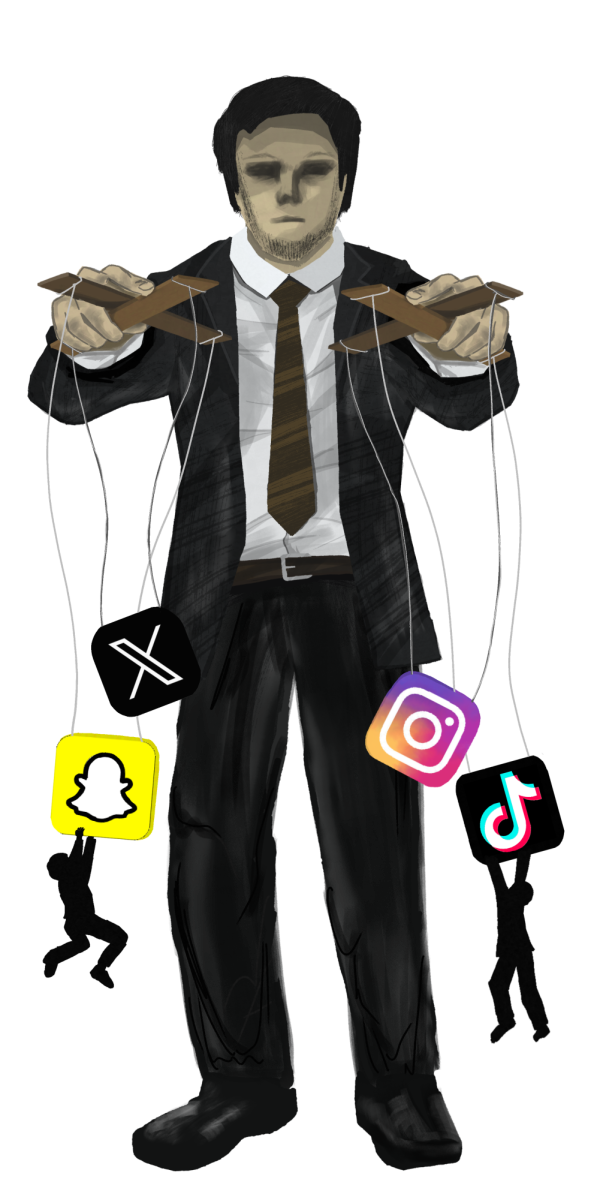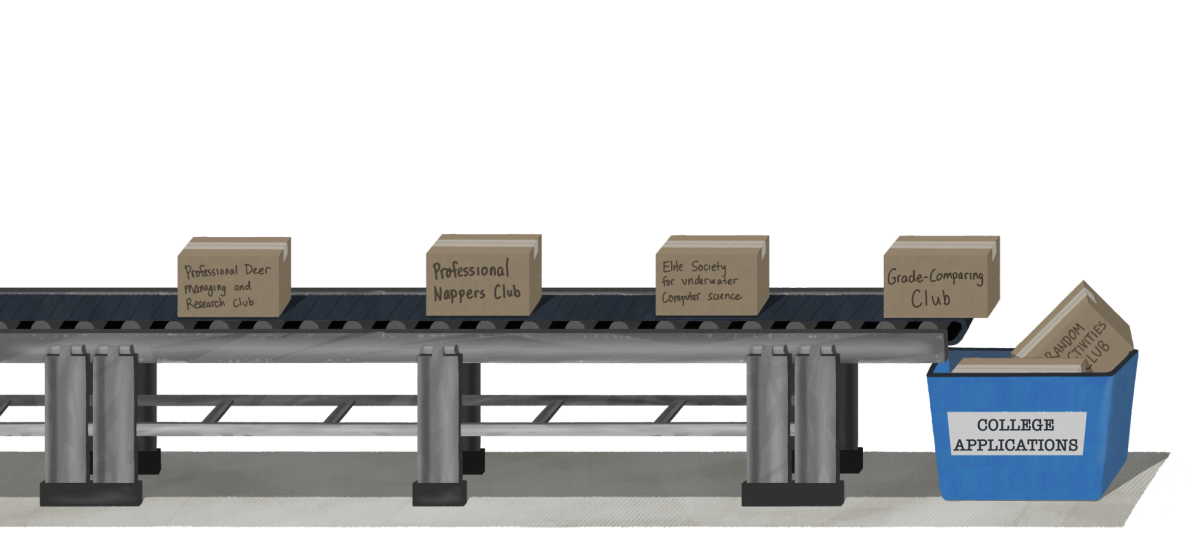Written by Stephanie Jackson
In late March, the show “13 Reasons Why” was released on Netflix. It is about a high school girl named Hannah Baker who kills herself and the 13 reasons why she did. The producers have stated that this show is attempting to raise suicide awareness. However, the show not only fails to advocate for suicide awareness, but also dangerously harms society’s view on suicide, bullying and sexual assault. Two primary problems of the show are how it shows that Hannah gained power through suicide and its complete lack of awareness around mental illness or mental disorder.
The fundamental flaw is that the series sends a message to the viewer that people can earn influence after suicide. Throughout her time in high school, Hannah encounters emotional and physical challenges that cause her an endless amount of suffering. The events following her death show that Hannah can control her own pain and suffering through inflicting similar pain upon her classmates. Following her death, the school has a memorial for Hannah and she receives a lot of attention. This depiction of the outcome of suicide sends a message that those who die by suicide receive praise and glory more than they would ever experience in life. In no way is this to say that grieving is a bad thing when it comes to death and suicide; however, the romanticized way that the aftermath of Hannah’s death is shown sends the incredibly dangerous message that Hannah was able to become more powerful because of her death. Someone in high school who in any way relates to Hannah or is already considering self-harm could be watching this show and think that they could be more powerful dead than they ever could alive. This spreads dangerously false conceptions about the realities of suicide and leaves out the possibility of mental disorders or illnesses being treatable and the fact that suicide is preventable.
Since its release on March 31, “13 Reasons Why” has received immense praise from notable magazines such as Forbes, Variety and TV Guide for its authentic plot and valuable lessons. However, these “lessons” are deplorable misrepresentations of suicide. Many reviews have stated that “13 Reasons Why” approaches difficult and sensitive topics “head-on” rather than shying away like other shows and films. Yet the content of “13 Reasons Why” defies the American Association of Suicidology and the American Foundation of Suicide Prevention’s “Recommendations for Reporting on Suicide,” which applies to films, novels and other forms of media. Through glamorizing suicide, the show disregards suicide contagion, or “copycat suicide,” which occurs when one or more suicides are depicted or happen in a way that provokes additional suicides. The way that the show romanticizes Hannah’s death could lead to someone following in Hannah’s footsteps with the hopes of obtaining popularity and ending their pain.
“13 Reasons Why” is not a realistic representation of what people are going through when they think about suicide. Over 90 percent of those who die by suicide suffer from a mental illness, and the show does not represent this. Due to the series’s ignorance, viewers are led to believe that since mental illness is out of the picture when it comes to suicide, then the friends and family can be adequate sources of blame for suicide. The show completely disregards how students should reach out for help and assistance through counseling rather than relying on their friends to fix the situation they are in. Due to the fact that the show does not discuss or shed light on the possibility of mental illness, the blame is put upon the friends and family of Hannah Baker and it seems that it is their responsibility to save her life. Additionally, the producers of the show stated they chose a more graphic way to depict her death to send “the potentially life-saving message that suicide is never a glamorous choice.” This statement is fairly hypocritical considering the show depicts suicide as the only choice Hannah could make.
This series is disturbing because the producers are profiting off of a show that is entertaining a significant viewer pool with the bullying, abuse, rape and death of a young girl—a girl who thought that suicide was the only option to escape her unavoidable pain, that reaching out for help was a hopeless cause and that by dying she could gain the power over her own life that she always wanted. This is not a message that helps suicide prevention efforts.
























